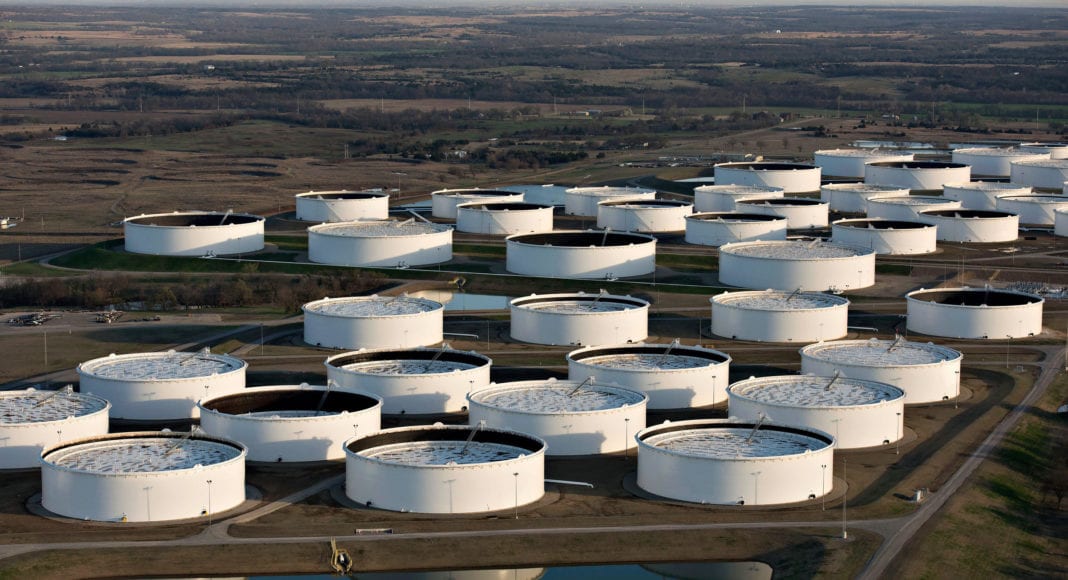US crude oil stock builds hit a new weekly record in the week ending April 10 (week 15) as about 17.2 million barrels were sent into storage, Norway-based Rystad Energy estimates. It said this new record is forecast to be beaten twice over the next two weeks, as stocks are calculated to increase by 23.7 million barrels next week and 24.3 million barrels the week after that.
Stocks are building as a result of low oil demand. The COVID-19 pandemic and high global production have created one of the largest supply-demand imbalances in history. Consequently, refinery runs in the US are also in free fall to adjust to the market needs.
Brazil’s Petrobras shutting down 62 offshore platforms
Rystad Energy forecasts refinery intake to fall by 23.2% in April year-on-year, to 12.6 million barrels per day (bpd) from 16.4 million bpd a year ago. In fact, as more and more barrels will increasingly find their way into the storage system over the coming weeks, refinery crude intake could fall to as low as 12.0 million bpd by late April, according to its estimates.
The US Gulf Coast accounts for 1.5 million bpd of the monthly reduction and the West Coast for nearly 900,000 bpd. Midwest refiners are also expected to be hit hard given the landlocked geography and lack of direct access to the export market.
“With several states across the US mandating non-essential workers stay at home to restrain the spread of the coronavirus outbreak, we estimate that US gasoline demand is set to decline by an unprecedented 4.2 million bpd y/y in April 2020. The astonishing collapse in gasoline demand will likely push refiners to deepen run cuts and in some cases, trigger shut-downs altogether,” says Paola Rodriguez-Masiu, Rystad Energy Senior Oil Markets analyst.
Currently standing at 484.4 million barrels, commercial crude stockpiles are more than 2% above the five-year average for this time this year, and just 51.1 million barrels away from hitting the record level of 535.5 million barrels reached during the spring of 2017. The bulk of the most recent weekly build was in the Midwest (PADD II), where inventories increased by 7.4 million barrels, the largest ever on record, to 141.8 million barrels.
With the latest build, storage tanks in PADD II are at nearly 57% of working capacity. US Gulf Coast (PADD III) crude inventories jumped 5.3 million barrels to 253.1 million barrels as exports fell to their lowest since November 2019. Commercial storage crude tanks in PADD III are now at 52% of working capacity.
Despite the colossal drop in refinery runs and product output, nationwide total motor gasoline inventories ticked up 10.5 million barrels to 257.3 million barrels, putting gasoline storage at about 10% above the five-year average.
“With the latest build, total motor gasoline stocks are just 104 million barrels away from reaching the maximum workable storage capacity. If gasoline storage continues to build at the current pace, the US will run out of places to store finished gasoline and blending components in about 69 days,” Rodriguez-Masiu concludes.



